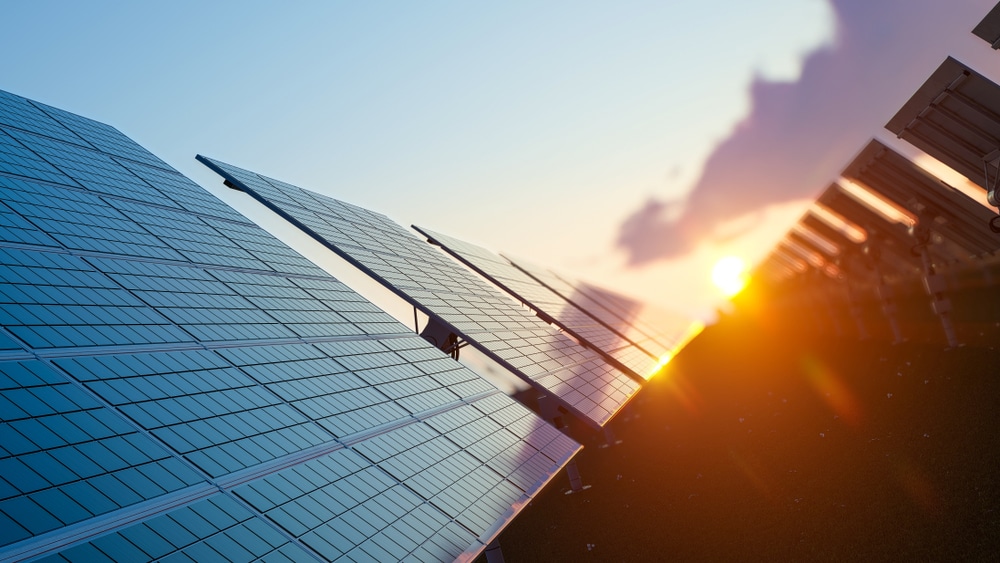The future of the International Space Station (ISS) lies in solar, with renewable energy set to ensure the long-term power production for the once-struggling operation.

It wasn’t long ago that the future of the ISS was in major doubt as funding was slashed and costs escalated. Transitioning to solar power has been a game-changer for the ISS, and new solar expansions and upgrades are set to ensure the station remains an important part of our solar research for many years to come.
NASA is set to conduct the upgrade and expansion of the solar capacities of the ISS this year, which will ensure the station has enough power to last until at least the end of the decade.
The upgraded solar panels will be transported to the ISS on SpaceX Dragon cargo spacecraft and will be installed on top of six of the eight current arrays on the station. These new solar arrays will boost the total energy production at the station by 30 per cent generating 215 kilowatts of power, compared to 160 kilowatts the existing arrays provide.
ISS vice president and program manager for Boeing John Mulholland said this upgrade will sure up the short-term future of the research being conducted at the station.
“When it comes to game-changing research and technological development, the Space Station is currently hitting its full stride,” he said.
“These arrays, along with other recent upgrades to the station’s power system and data-transfer speed, will ensure that ISS remains an incubator and business model in the commercial space ecosystem for the coming decades.
“Access to this unique lab will continue to pay off as researchers study the challenges of future deep-space exploration and make discoveries that improve life on Earth.”
What will the additional power mean for the International Space Station?
The ISS celebrated its 20th anniversary in November 2020, and has housed 241 people from 19 different countries in that time to conduct vital research on space and our solar system. The total cost of developing, assembling and operating the ISS over 10 years was €100 billion ($150 billion AUD) so it has been a very expensive exercise. Funding has dipped in recent years with just $17 million USD raised for 2021, compared to the $150 million requested. There were real concerns about the future of the ISS, so being able to improve energy efficiencies has been a major boost for the future of the station.
The additional power is also going to assist in other upgrades to the central power system, as well as improving the bandwidth so that researchers will have access to more facilities and a greater ability to communicate information back to Earth.
Mulholland said the ISS had not reached the tipping point where systems failed faster than they could be replaced, and is optimistic about the future of the station.
“As the technical teams have looked at it, they firmly believe that we haven’t reached that breaking point,” he said.
“We’re confident that we can go well into the next decade if the mission, from a policy perspective, gets extended.”






































